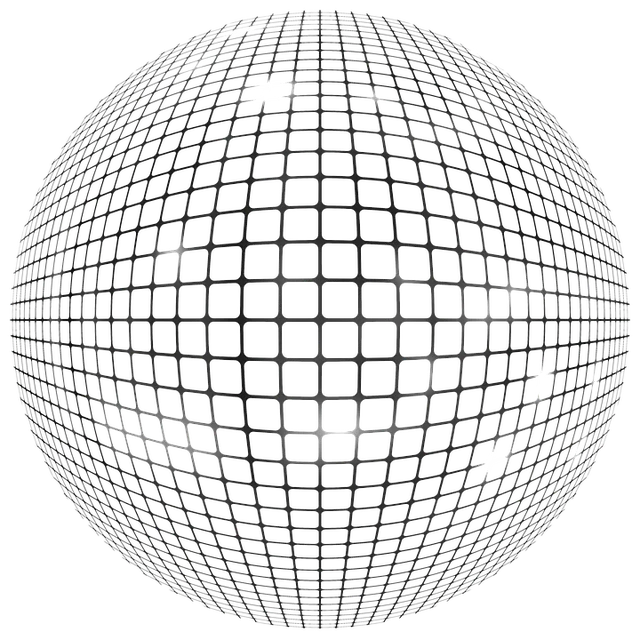Sports nutrition plays a pivotal role in unlocking athletic potential by optimizing nutrient intake for fuel, repair, and recovery. Among various options, kratom varieties like red and green vein differ in their effects. Red vein offers calming and pain-relieving properties, ideal for post-workout recovery, while green vein provides energy and focus, suitable for pre-workout routines. For optimal conditioning, athletes should tailor nutrition strategies based on goals and metabolic needs, balancing macronutrients with micronutrients. A balanced diet, combined with informed choices about kratom varieties, enhances performance and accelerates recovery, with each strain offering distinct advantages tailored to individual needs.
Reach your athletic peak with sports nutrition—the science behind optimizing performance. This comprehensive guide explores key strategies for athletes, from understanding the fundamentals of sports nutrition to harnessing the power of Kratom varieties like Red Vein and Green Vein. Discover how strategic pre, during, and post-exercise nutrition can enhance workouts, boost recovery, and elevate energy levels. Uncover insights that transform your training regimen and push you to new athletic heights.
- Understanding Sports Nutrition: The Foundation of Athletic Performance
- Kratom Varieties: Red Vein vs Green Vein for Athletes
- Optimizing Recovery and Energy Levels with Strategic Nutrition
- Enhancing Workout Outcomes: Pre, During, and Post-Exercise Nutrition Strategies
Understanding Sports Nutrition: The Foundation of Athletic Performance
Sports nutrition forms the foundational backbone of athletic performance, enabling athletes to unlock their full potential. It involves a comprehensive understanding of how the body utilizes nutrients to fuel exercise, repair and recover from physical activity. By optimizing nutrient intake, athletes can enhance energy levels, support muscle growth and repair, and improve overall endurance. This is where the distinction between different kratom varieties like red vein and green vein comes into play. Both are derived from the same plant (Mitragyna speciosa), but they possess unique chemical compositions. Red vein kratom is known for its calming effects and higher levels of 7-hydroxymitragynine, a compound linked to pain relief and relaxation. Conversely, green vein kratom offers a more energetic profile, making it potentially beneficial for pre-workout routines where focus and agility are paramount.
For peak physical conditioning, athletes need to tailor their nutrition strategies based on their specific training goals and individual metabolic needs. This involves balancing macronutrients (carbohydrates, proteins, and fats) with micronutrients (vitamins, minerals, and antioxidants). While kratom varieties can be a part of this strategy, they should complement a balanced diet rather than replace it. Understanding the science behind sports nutrition allows athletes to make informed decisions about their dietary choices, ultimately enhancing performance and accelerating recovery.
Kratom Varieties: Red Vein vs Green Vein for Athletes
Kratom, derived from the Mitragyna speciosa plant, has gained popularity among athletes and fitness enthusiasts due to its potential ergogenic effects. When it comes to kratom varieties for athletic performance, the primary distinction lies between red vein and green vein kratom.
Red vein kratom is renowned for its relaxing and soothing properties, offering a calmer experience with potential muscle-relaxing effects. This variety may be advantageous for post-workout recovery sessions, helping athletes unwind and reduce soreness. On the other hand, green vein kratom is known for its energizing and stimulating qualities, providing a more alert and focused state. Athletes often prefer green vein for pre-workout routines, as it can enhance focus, endurance, and overall physical performance without causing jitters, making it a potentially effective choice for maintaining optimal fitness levels.
Optimizing Recovery and Energy Levels with Strategic Nutrition
In the pursuit of peak physical conditioning, strategic nutrition plays a pivotal role in optimizing recovery and energy levels. Athletes often overlook the power of proper nutrition to aid in muscle repair and restore energy stores after intense training sessions. By strategically timing nutrient intake, one can significantly enhance recovery processes. For instance, consuming a balanced meal or snack containing carbohydrates, proteins, and healthy fats within an hour after exercise can replenish glycogen stores and support muscle protein synthesis.
When it comes to enhancing recovery, the choice between kratom red vein and green vein varieties could be beneficial. Red vein kratom is renowned for its calming effects, promoting relaxation and better sleep quality, both essential for repairing tissues and restoring energy. On the other hand, green vein kratom is known for its energizing properties, which can aid in faster post-workout recovery. Athletes often find that incorporating either strain into their nutrition plan helps maintain optimal energy levels throughout training and competition.
Enhancing Workout Outcomes: Pre, During, and Post-Exercise Nutrition Strategies
Enhancing Workout Outcomes with Nutritional Strategies
Pre-exercise nutrition plays a pivotal role in optimising performance and preparing your body for intense workouts. Timing is key; consuming a balanced meal 2–3 hours before exercise ensures your body has sufficient time to digest and utilise nutrients effectively. Aim for carbohydrates, lean proteins, and healthy fats to fuel your muscles and maintain energy levels throughout the session. For instance, a blend of complex carbs like whole grains or sweet potatoes, paired with protein-rich foods such as chicken or tofu, can provide sustained energy, supporting muscular recovery and growth, especially when compared to the stimulating effects of kratom red vein versus green vein varieties, which may offer temporary boosts but lack the balanced approach.
During exercise, staying hydrated is essential for optimal performance and safety. Dehydration can lead to decreased strength, endurance, and overall fatigue. Sports drinks containing electrolytes are a popular choice to replenish lost fluids and minerals, especially during prolonged or high-intensity workouts. Additionally, consuming a small amount of easily digestible carbohydrates every 30–60 minutes can help maintain energy levels and delay fatigue. Post-exercise nutrition is equally critical for recovery and muscle repair. Within 30 minutes to an hour after training, consume a meal rich in protein and carbohydrates to replenish glycogen stores and support muscular growth and repair, further enhancing the benefits of your fitness routine.
In conclusion, sports nutrition plays a pivotal role in achieving peak physical conditioning. By understanding the fundamentals outlined in this article—from the importance of strategic nutrition for recovery and energy to enhancing workout outcomes—athletes can optimize their performance. Furthermore, exploring alternative supplements like kratom varieties, particularly red vein vs green vein, offers additional avenues for improved athletic prowess. Incorporating these insights into your routine can be a game-changer, helping you achieve new levels of fitness and success in your sport.





